
The Cheese is Moving: Navigating the Rapid Pace of Change in the BAS Industry
Happy New Year! In the first MondayLive! session of 2025, industry veterans gathered to discuss this very issue, exploring the challenges and opportunities presented by

Happy New Year! In the first MondayLive! session of 2025, industry veterans gathered to discuss this very issue, exploring the challenges and opportunities presented by

As we reflect back on the twists and turns of 2024 and face 2025 with its new variables and uncertainties, it’s helpful to take a step back and examine the bigger picture, especially our mindset. Life is a dynamic, ever-shifting landscape. We experience periods of stability and success, often followed by unforeseen challenges and setbacks. These fluctuations, the inevitable peaks and valleys of our existence, can be both exhilarating and daunting. But what if we could learn not just to survive these changes but to actually thrive amidst them? We are not merely passive recipients of fate but active participants who can learn from both success and failure to create a more meaningful and fulfilling life.
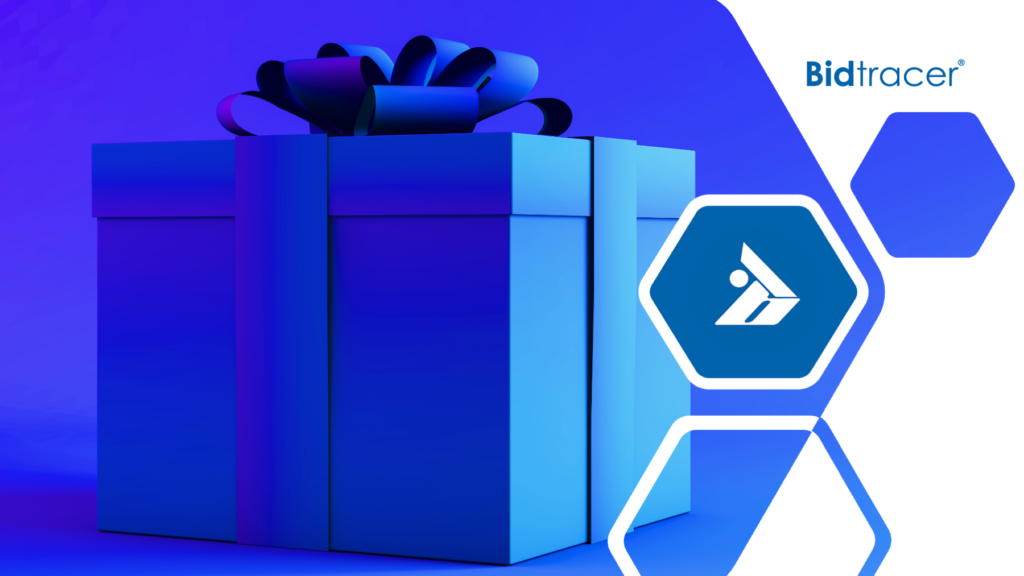
SCADA would allow Santa to monitor the entire workshop from a central control room, providing him with data on everything from the efficiency of toy production to energy consumption. This system would offer a visual interface with detailed graphs, reports, and alerts on production performance.

From our AutomatedBuildings Family to yours, have a great Holiday season
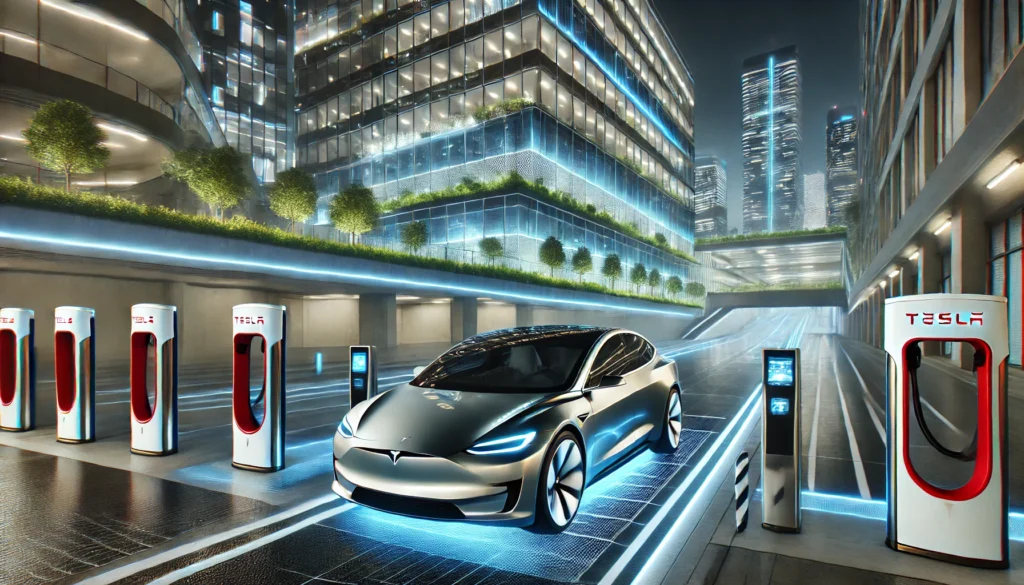
The rise of EVs is deeply influencing the design, cost, and environmental impact of smart buildings. EV integration not only requires new design considerations like charging infrastructure and energy storage systems but also offers significant benefits, such as reduced carbon emissions, enhanced energy efficiency, and cost savings over time. Additionally, as the synergy between EVs and smart buildings deepens, the future holds the promise of more sustainable, energy-efficient, and self-sufficient buildings that contribute positively to the global energy transition.
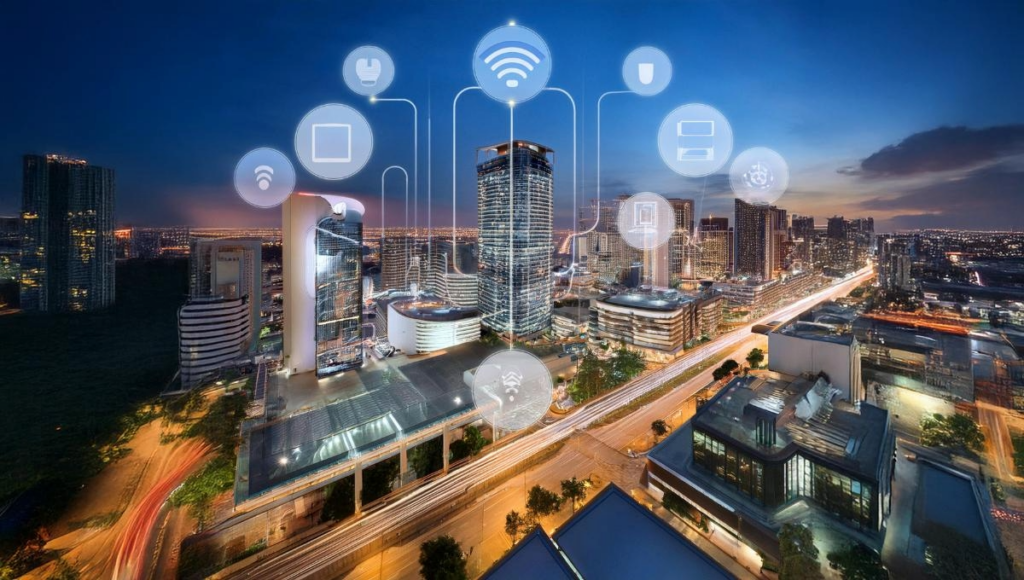
A look back at the key themes and discussions from Monday Live! in 2024 This year, Monday Live! has been a hub for insightful discussions
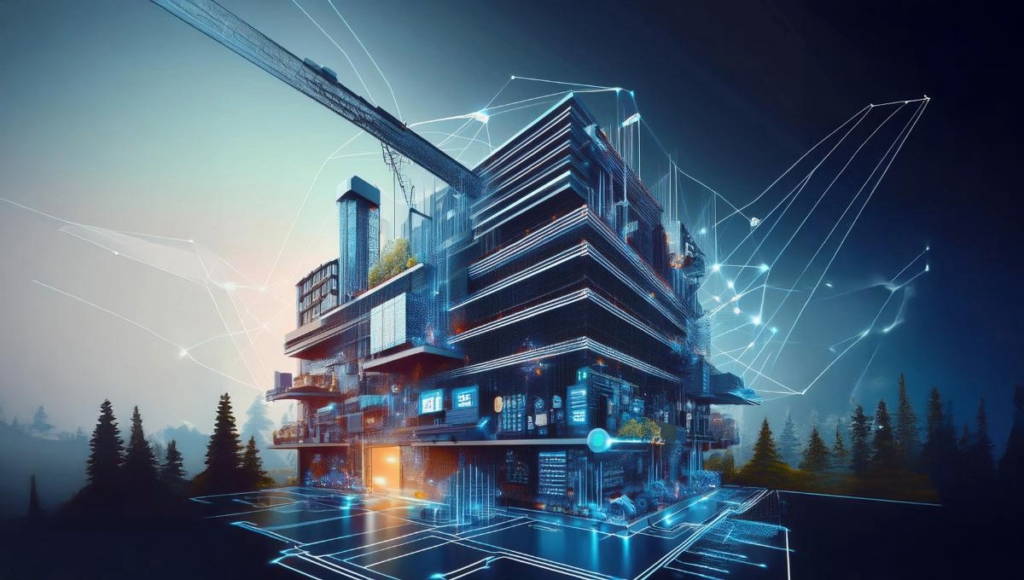
The discussion emphasized the need for continued collaboration among building owners, operators, and technology providers to define open standards, develop interoperable solutions, and drive the adoption of best practices that will shape the future of the smart building industry. By embracing the power of open software and working together, we can create a more intelligent, efficient, and sustainable built environment.

Contemporary Controls has expanded its line of BACnet multi-network routers with the BASrouterSX which provides enhanced security. A GSA-compliant model has been tested and approved
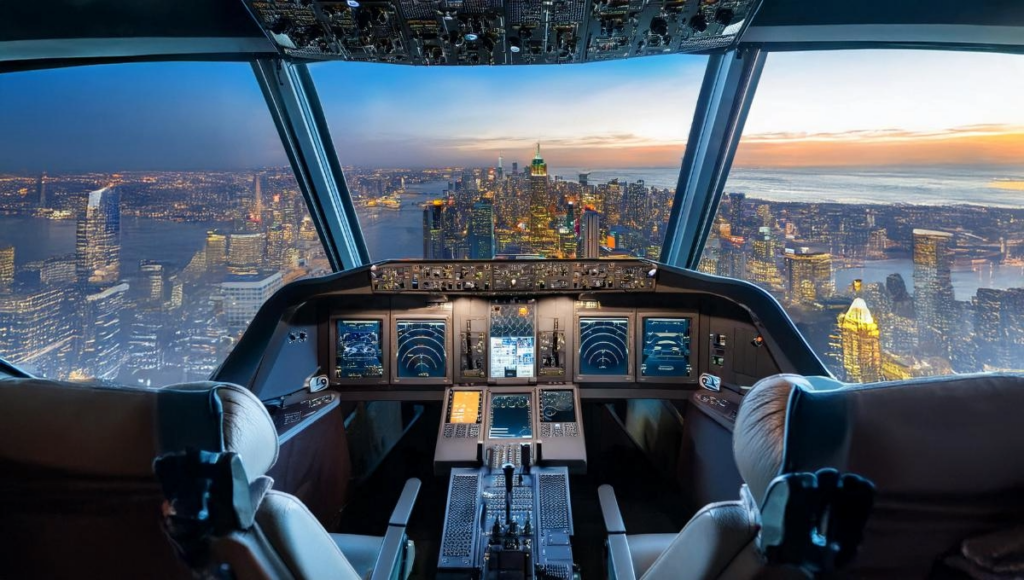
Remember when Flight Simulator was THE benchmark for PC performance? We need that defining moment for open software in smart buildings! Why? Because open software unlocks HUGE potential for building owners and operators:

The journey towards “software-eating buildings” is paved with the bricks of openness. By embracing open standards, protocols, data, and development practices, the building automation industry can unlock new levels of innovation and value for building owners.

Happy New Year! In the first MondayLive! session of 2025, industry veterans gathered to discuss this very issue, exploring the challenges and opportunities presented by

As we reflect back on the twists and turns of 2024 and face 2025 with its new variables and uncertainties, it’s helpful to take a step back and examine the bigger picture, especially our mindset. Life is a dynamic, ever-shifting landscape. We experience periods of stability and success, often followed by unforeseen challenges and setbacks. These fluctuations, the inevitable peaks and valleys of our existence, can be both exhilarating and daunting. But what if we could learn not just to survive these changes but to actually thrive amidst them? We are not merely passive recipients of fate but active participants who can learn from both success and failure to create a more meaningful and fulfilling life.

SCADA would allow Santa to monitor the entire workshop from a central control room, providing him with data on everything from the efficiency of toy production to energy consumption. This system would offer a visual interface with detailed graphs, reports, and alerts on production performance.

From our AutomatedBuildings Family to yours, have a great Holiday season

The rise of EVs is deeply influencing the design, cost, and environmental impact of smart buildings. EV integration not only requires new design considerations like charging infrastructure and energy storage systems but also offers significant benefits, such as reduced carbon emissions, enhanced energy efficiency, and cost savings over time. Additionally, as the synergy between EVs and smart buildings deepens, the future holds the promise of more sustainable, energy-efficient, and self-sufficient buildings that contribute positively to the global energy transition.

A look back at the key themes and discussions from Monday Live! in 2024 This year, Monday Live! has been a hub for insightful discussions

The discussion emphasized the need for continued collaboration among building owners, operators, and technology providers to define open standards, develop interoperable solutions, and drive the adoption of best practices that will shape the future of the smart building industry. By embracing the power of open software and working together, we can create a more intelligent, efficient, and sustainable built environment.

Contemporary Controls has expanded its line of BACnet multi-network routers with the BASrouterSX which provides enhanced security. A GSA-compliant model has been tested and approved

Remember when Flight Simulator was THE benchmark for PC performance? We need that defining moment for open software in smart buildings! Why? Because open software unlocks HUGE potential for building owners and operators:

The journey towards “software-eating buildings” is paved with the bricks of openness. By embracing open standards, protocols, data, and development practices, the building automation industry can unlock new levels of innovation and value for building owners.
Our LinkedIn group has more than 5000 members + 24K LinkedIn connections
Email sponsors@automatedbuildings.com